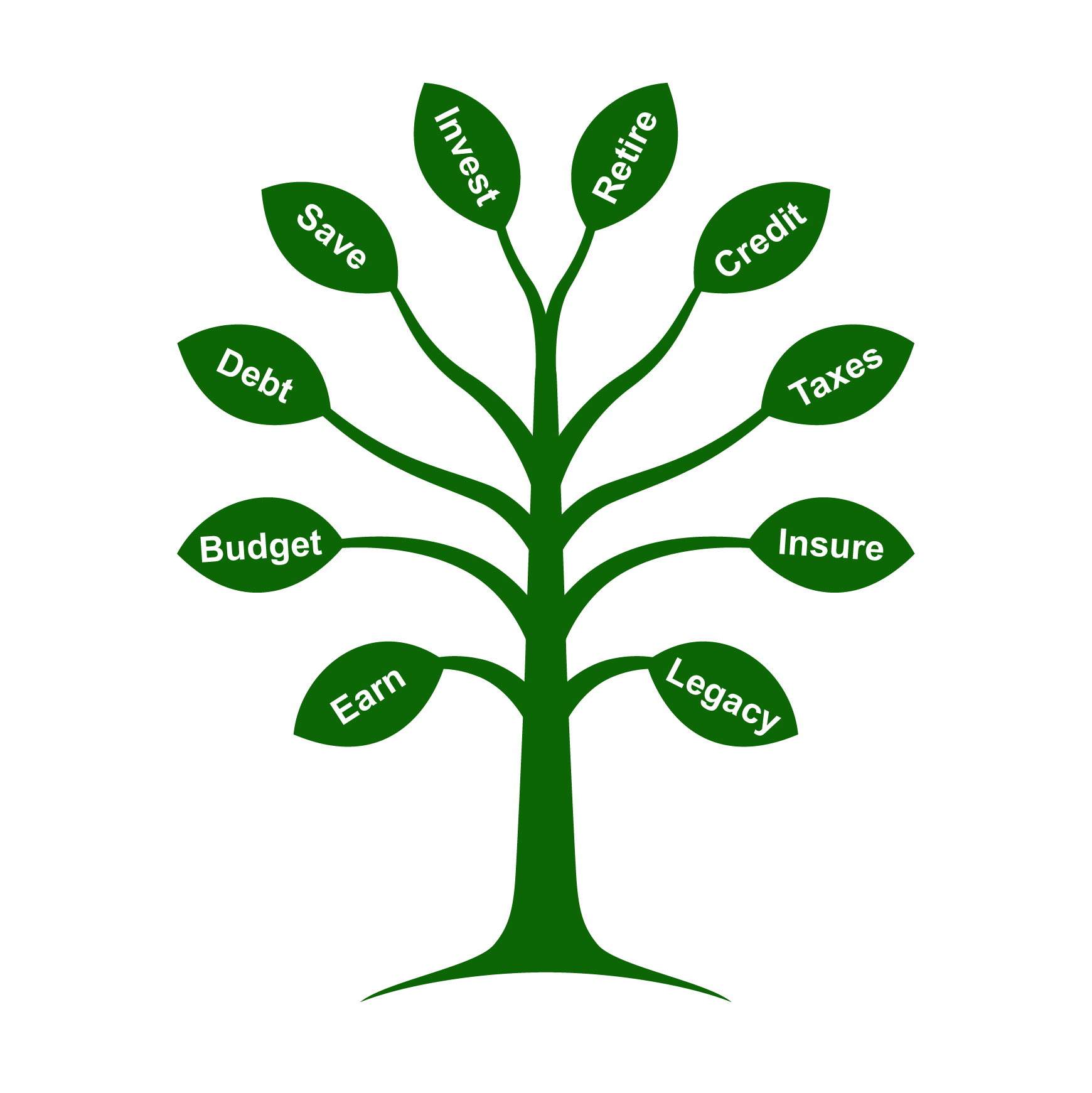Financial Literacy Is a Stepping Stone on the Path to Financial Wellness

April marks Financial Literacy Month, dedicated to raising awareness about the importance of financial education. It encompasses the knowledge needed to make more informed and effective decisions with financial resources when it comes to activities like budgeting, saving, investing, retirement planning, building credit and debt management.
But while financial literacy is necessary, developing it is just one part of achieving financial wellness. Knowledge alone doesn’t guarantee follow-through on the myriad important behaviors that drive meaningful financial health.
It’s similar to maintaining good physical health. Knowing how to stay healthy — by eating right, exercising regularly, getting enough sleep, etc. — is important, but without practicing these habits it’s just information.
Good financial hygiene merges knowledge with action. It involves establishing and maintaining a number of financial habits crucial to building a solid financial foundation, including:
- Saving: consistently paying yourself first and regularly setting aside a portion of your income before spending on discretionary items.
- Debt management: spending within your means and avoiding carrying over credit card balances from month to month.
- Building credit: avoiding excessive credit use and always paying bills on time.
Knowledge is power, but action is the catalyst of change. Translating financial literacy into good financial hygiene involves a number of key steps, such as:
- Creating actionable and measurable goals. Set specific, measurable and achievable financial goals. For example, instead of a vague goal of “saving more money,” set precise targets like “save $200 per month for a down payment.”
- Performing financial check-ups. Just like regular physical check-ups, conduct periodic reviews of your financial health. In addition to reviewing investment performance, check the status of any action plan items, such as adjusting your budget or increasing your savings rate.
- Automating saving and bill paying. Consider setting up automatic investment, retirement savings contributions and bill payments to help bypass the need for intensional habit formation where possible.
- Leveraging technology. Consider using apps and tools that help ease the burden of tracking spending and managing budgets. For example, a budgeting app can help you see where your money goes each month, making it easier to target areas for cost-cutting.
- Celebrating progress. Recognize and celebrate milestones to motivate continued effort and adherence to financial plans, such as the payoff of a significant debt or the achievement of a savings goal.
When It Comes to Financial Wellness, Actions Speak Louder Than Words
While some may prefer to tackle these steps independently, having a coach can enhance accountability and help you stay on course toward meeting your goals. Consider working with a financial advisor to receive tailored financial wellness guidance and cultivate the specific behaviors needed for long-term financial health.


